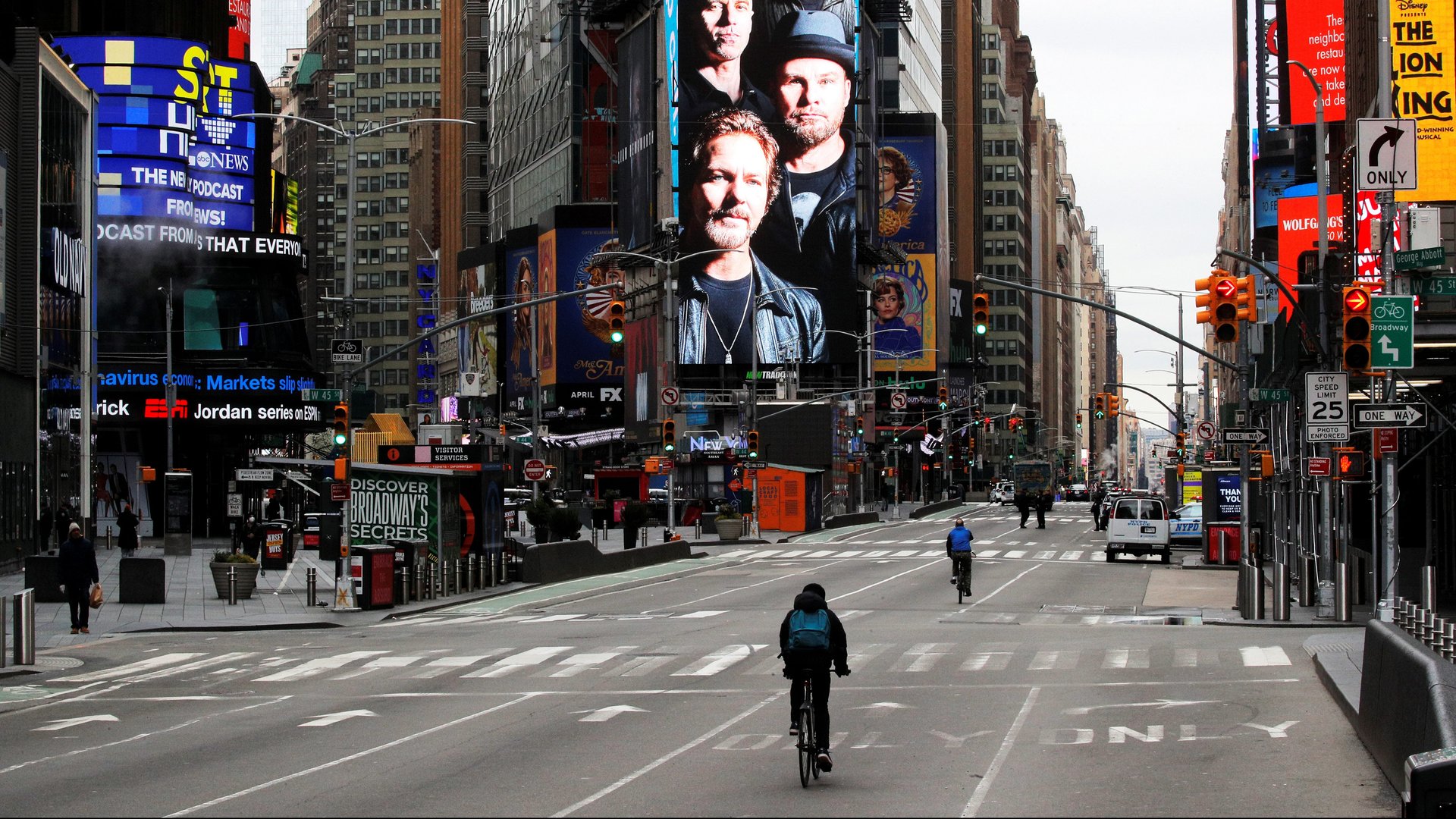Advertisers know you’re tired of somber Covid-19 ads, so they’re adding humor
During the first few weeks of stay-at-home orders, there was a slew of advertisements featuring empty streets, somber piano music, and pious language so similar they were lampooned in a viral video compilation titled “Every Covid-19 Commercial is Exactly the Same.” Companies were nervous about appearing insensitive and inappropriate in response to cancelled events and mounting numbers of cases.


During the first few weeks of stay-at-home orders, there was a slew of advertisements featuring empty streets, somber piano music, and pious language so similar they were lampooned in a viral video compilation titled “Every Covid-19 Commercial is Exactly the Same.” Companies were nervous about appearing insensitive and inappropriate in response to cancelled events and mounting numbers of cases.
But now advertisers are entering a second phase in response to the global coronavirus pandemic and it’s one that will include more jokes.
As the pandemic continues and the novelty of the situation wears off, the advertising industry is splitting into two tracks. Companies in the industries feeling the biggest impact, like travel and retail, are continuing to significantly cut back on their marketing spending. Other major players in fields like entertainment, home goods, and fast-food are shifting their message to be more humorous, action-oriented, and focused on benefits to general consumers or frontline healthcare workers.
In a new ad, Rossman, a German pharmacy chain, highlighted how modern shopping shares traits commonly associated with a night of clubbing (lines outside, a bouncer at the door, hiding your identity from others).
Other companies switching to light-hearted advertisements include Anheuser-Busch’s Budweiser, which recruited several major sport and entertainment stars for a reboot of its landmark 1999 “Whassup” commercial. The new tagline is about rewatching old games, checking in with friends, and having a beer.
Smirnoff went a step further in a new ad acknowledging its planned big marketing campaign featuring celebrities, summer parties, and even a new color-changing can, was poorly timed and needed re-editing. Its new spot suggests viewers should instead responsibly “hang out at home for America”.
Procter & Gamble, the world’s largest maker of consumer goods, has benefitted from Covid-19 as sales of household staples like laundry detergent, toilet paper, and cleaning supplies have risen 7% during the company’s first quarter. This increase is the company’s best sales growth in the last 10 years. During the company’s first-quarter earnings call on April 17, P&G CFO Jon Moeller said now is the time to remind consumers of the brand’s benefits through additional advertising. P&G said it increased its marketing spending by nearly 2% in the first quarter, according to Digiday.
For many companies, the safest advertising strategy is one focused on emphasizing what they’re doing to help mitigate the negative effects of the pandemic. This can include specific offers for people who have lost their jobs, such as waiving late fees or mortgage payment deferrals; emphasizing the protection of jobs or payments to suppliers and contractors; as well free or low-cost offers to healthcare workers.
McDonald’s is one of the largest advertisers in the world but saw its first-quarter sales fall by 6% and net income fall by 17% after many of its restaurants were forced to closed and customers stayed away from the remaining locations with restricted service. But the company is still continuing to advertise with a new national television campaign in the US focused on promoting the chain’s free meals for first responders, according to Ad Age.